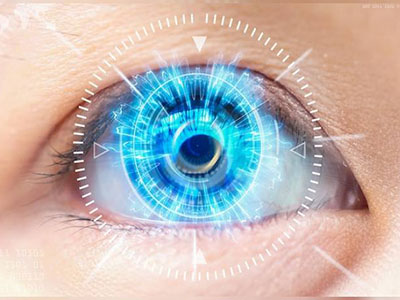CATARACT

What is Cataract?
Cataract is a disorder that occurs when the natural eye lens, located behind the pupil, loses its transparency and becomes opaque. An eye with a cataract loses the quality of vision as if looking through a foggy glass. This condition, which usually occurs with advanced age, can also be seen in newborn babies, diabetic patients, as a result of long-term use of certain medications or trauma to the eye. If left untreated, cataracts can lead to blindness. Therefore, it is very important to have regular eye examinations every year. Cataract treatment is done by surgically removing the damaged eye lens and replacing it with an artificial lens.
In an eye with cataract, cloudiness occurs on the lens, color loss and spots in brown and yellowish tones occur. This condition causes serious impairment of vision. Cataracts can occur in both eyes, but sometimes they can develop in only one eye. Often one eye may be more affected than the other. A healthy eye lens transmits light to the back of the eye and provides clear vision. However, when the lens becomes cloudy, light cannot penetrate sufficiently, leading to a decrease in vision quality. If left untreated, cloudiness may increase and negatively affect a person's daily life.
What are the symptoms of cataracts?
- Gradual decrease in visual clarity
- sensitivity to light
- double vision
- blurred vision
- reading difficulty
- Deterioration in vision quality in sunny weather
- Weakening of night vision
- Fading or yellowing of colors
- Inability to see far or near clearly
- Frequent changes in glasses prescriptions
How to Treat Cataracts?
Cataract is not a disease that can be treated with medication or glasses. The only treatment option is surgery. Thanks to modern technology, cataract surgeries are performed painlessly and the patient is discharged on the same day. The success of the surgery depends on the experience of the doctor and the quality of the lens used. Poor quality lenses may increase the risk of infection after surgery and require repeat surgery.
What is Cataract Surgery?
In cataract surgery, the eye is numbed with drops and local anesthesia is usually applied. The patient does not feel pain during the operation and does not need to stay in the hospital after the surgery. In surgery performed with the PHACO method, the cloudy lens is removed by breaking it down with sound waves and a new lens is placed in its place. This procedure is usually performed through a small incision. The surgery takes approximately 30 minutes and the patient is advised to use eye drops for 3-4 weeks. If there are cataracts in both eyes, the surgeries are performed on separate days under the guidance of the doctor. After the surgery, the patient can use his eye on the same day.
Smart Lens App
Trifocal and multifocal smart lenses used in cataract surgeries provide clear vision at far, near and medium distances. Thanks to this technology, patients do not need to wear glasses after surgery. Smart lens applications are performed with lenses selected according to the patient's eye structure and are completed in a short time. Trifocal and multifocal lenses provide clear vision both near and far without glasses.

